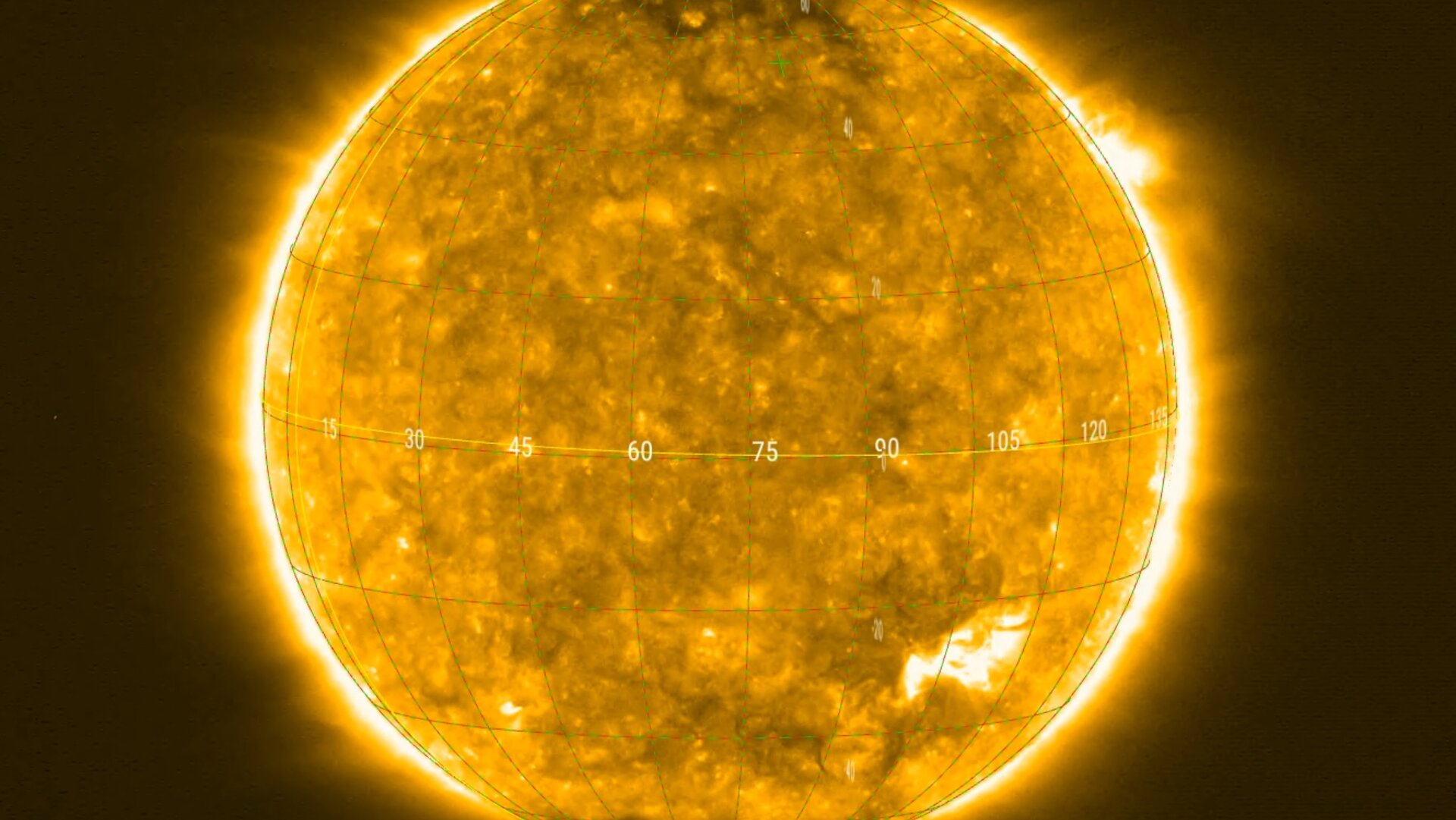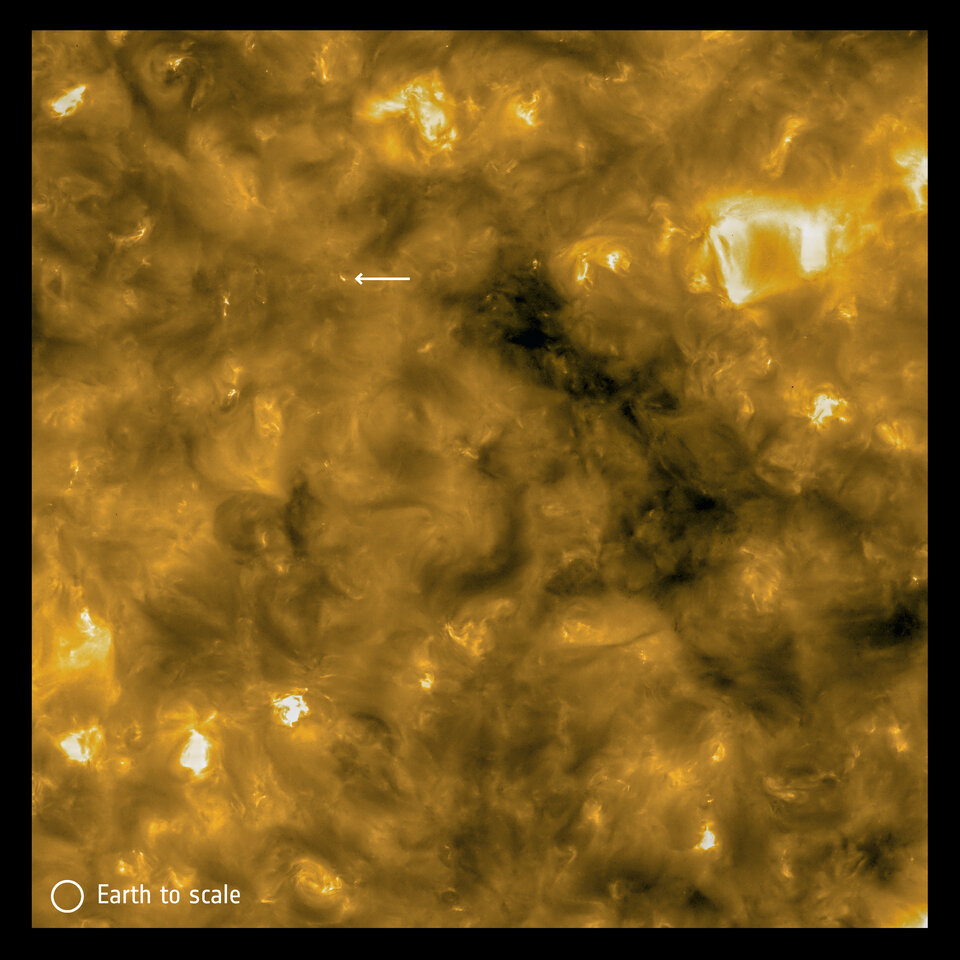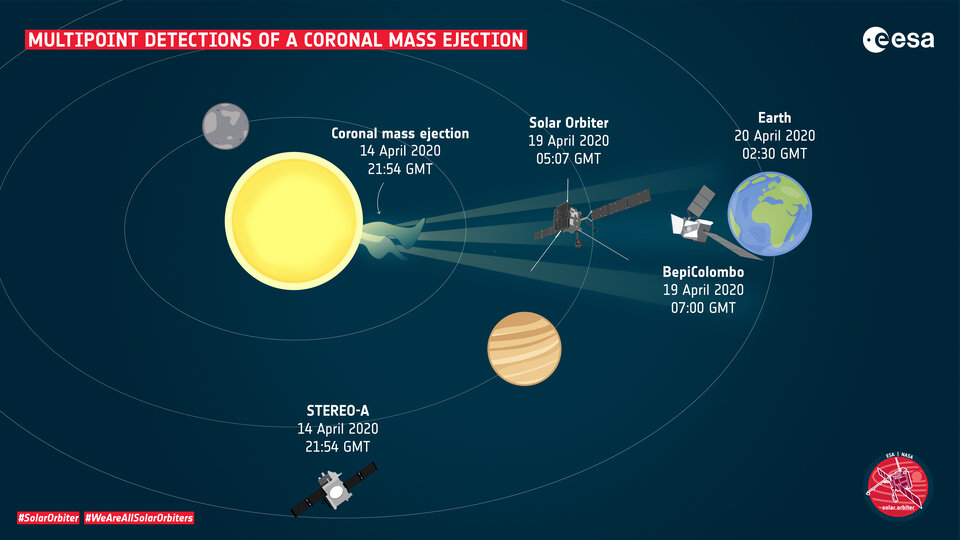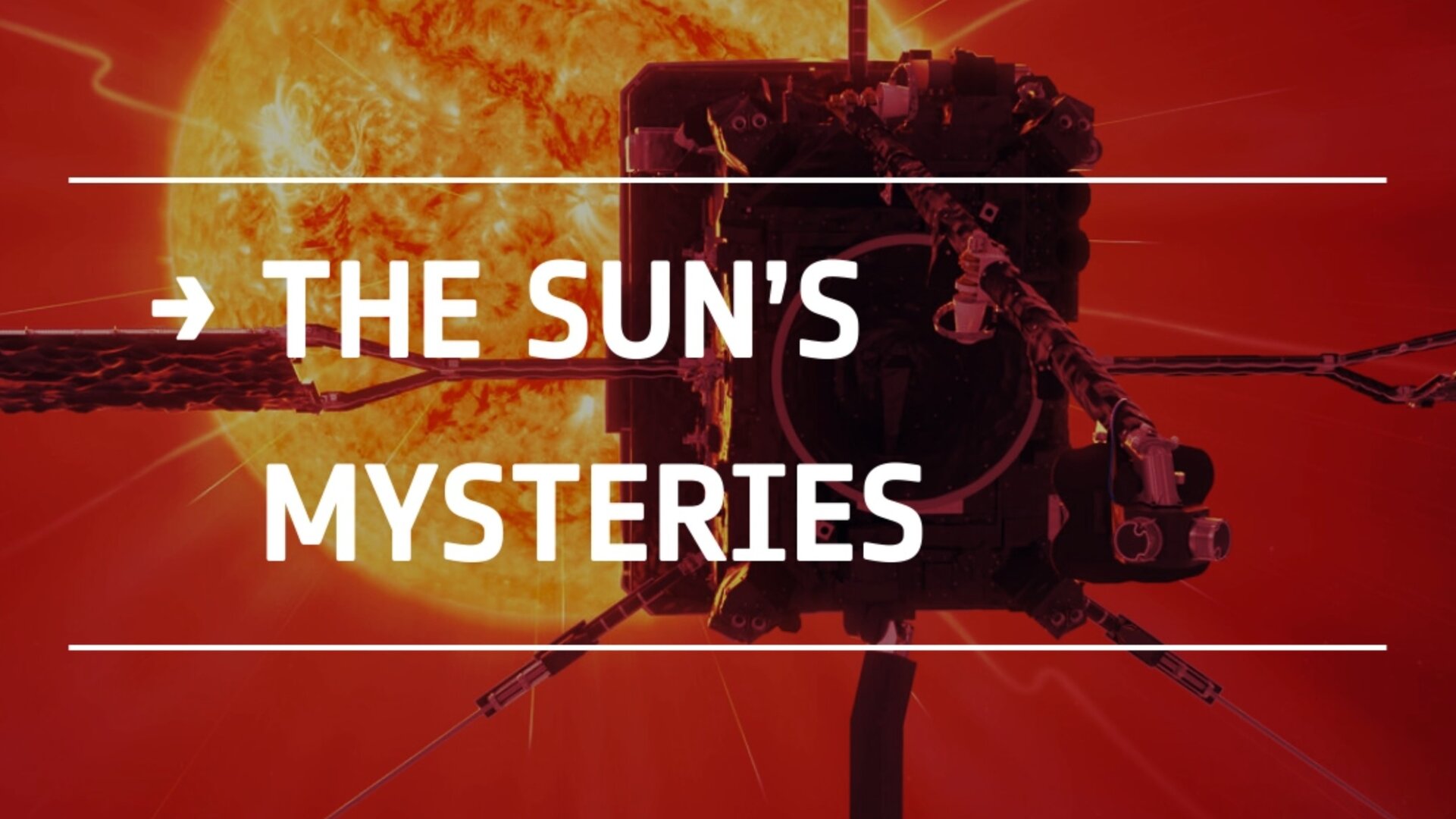12.12.2020

Solar Orbiter’s latest results show that the mission is making the first direct connections between events at the solar surface and what’s happening in interplanetary space around the spacecraft. It is also giving us new insights into solar ‘campfires’, space weather and disintegrating comets.
“I could not be more pleased with the performance of Solar Orbiter and the various teams that keep it and its instruments operating,” says Daniel Müller, ESA Solar Orbiter Project Scientist.
“It has been a real team effort under difficult circumstances this year, and now we are beginning to see those efforts really paying off.”
Solar Orbiter’s ten scientific instruments are split into two groups. There are six remote sensing telescopes, and four in-situ instruments. The remote sensing instruments look at the Sun and its extended atmosphere, the corona. The in-situ instruments measure the particles around the spacecraft, which have been released by the Sun and are known as the solar wind, along with its magnetic and electric fields. Tracing the origin of those particles and fields back to the solar surface is one of the key objectives of Solar Orbiter.
During Solar Orbiter’s first close pass of the Sun, which took place on 15 June and saw the spacecraft approach to 77 million kilometres, both remote sensing and in-situ instruments were recording data.


Access the video
Footprints of the solar wind
Solar Orbiter data have made it possible to calculate the source region of the solar wind that hits the spacecraft, and identify this ‘footprint’ in the remote sensing images. In an example studied in June 2020, the footprint is seen at the edge of a region called a ‘coronal hole’, where the Sun’s magnetic field reaches out into space, allowing the solar wind to flow.
Even though the work is preliminary, it is still beyond anything that has been possible so far.
“We’ve never been able to do mapping this accurate before,” says Tim Horbury, Imperial College, London, and Chair of the Solar Orbiter In-Situ Working Group.
Campfire physics
Solar Orbiter also has new information about the Sun’s ‘campfires’ that captured the world’s attention earlier this year.
The mission’s first images showed a multitude of what appeared to be tiny solar eruptions bursting across the surface of the Sun. The scientists called them campfires because the exact energy associated with these events is not yet known. Without the energy, it is not yet clear whether they are the same phenomenon as other smaller-scale eruptive events that have been seen by other missions. What makes it all so tantalising is that small-scale ‘nano-flares' have long been thought to exist on the Sun but we’ve never had the means to see events this small before.
“The campfires could be the nano-flares that we are after with Solar Orbiter,” says Frédéric Auchère, Institut d’Astrophysique Spatiale, Orsay, France, and Chair of the Solar Orbiter Remote-Sensing Working Group.

This is important because the nano-flares are theorised to be responsible for heating the corona, the outer atmosphere of the Sun. The fact that the corona is at about a million degrees Celsius whereas the surface is only about 5000 degrees is still one of the most puzzling issues in solar physics today. Investigating this mystery is one of the key scientific objectives of Solar Orbiter.
To explore the idea, researchers have been analysing data by Solar Orbiter’s SPICE (Spectral Imaging of the Coronal Environment) instrument. SPICE is designed to reveal the velocity of the gas at the solar surface. It has shown that there are indeed small-scale events in which the gas is moving with significant velocity but looking for a correlation to the campfires has not yet been done.
“Right now, we only have commissioning data, taken when the teams were still learning the behaviours of their instruments in space, and the results are very preliminary. But clearly, we do see very interesting things,” says Frédéric. “Solar Orbiter is all about discovery, and that is very exciting.”
Surfing a comet’s tail
As well as progress towards the planned scientific objectives of Solar Orbiter, there has also been serendipitous science from the spacecraft too.
Shortly after Solar Orbiter was launched, it was noticed that it would fly downstream of Comet ATLAS, passing through its two tails. Although Solar Orbiter was not designed for such an encounter, and was not due to be taking science data at this time, mission experts worked to ensure that all the in-situ instruments did record the unique encounter.
But Nature had one more trick to play: the comet disintegrated before the spacecraft got close. So, instead of the hoped-for strong signals from the tails, it was entirely possible that the spacecraft would see nothing at all.
That was not the case. Solar Orbiter did see signatures in the data from comet ATLAS, but not the kind of things that scientists would normally expect. Instead of a strong, single tail-crossing, the spacecraft detected numerous episodes of waves in the magnetic data. It also detected dust in patches too. This was probably released from the insides of the comet as it split into many small pieces.
“This is the first time we've essentially traveled through the wake of a comet that's disintegrated,” says Tim. “There's a lot of really interesting data there, and it’s another example of the kind of high-quality fortuitous science we can do with Solar Orbiter.”

Stealth space weather
Solar Orbiter has been measuring the solar wind for much of its time in space, recording a number of particle ejections from the Sun. Then, on 19 April, a particularly interesting coronal mass ejection swept across Solar Orbiter.
A coronal mass ejection, or CME, is a large space weather event, in which billions of tonnes of particles can be ejected from the Sun’s outer atmosphere. During this particular CME, which burst from the Sun on 14 April, Solar Orbiter was about twenty percent of the way from the Earth to the Sun.

Solar Orbiter wasn’t the only spacecraft that observed this event. ESA’s BepiColombo Mercury mission happened to be flying by the Earth at the time. There was also a NASA solar spacecraft called STEREO situated about ninety degrees away from the direct Sun-Earth line, and looking directly across the area of space that the CME travelled through. It watched the CME impact Solar Orbiter and then BepiColombo and Earth. Combining the measurements from all the different spacecraft allowed researchers to really study the way that the coronal mass ejection evolved as it travelled through space.
This is known as multipoint science and thanks to the number of spacecraft now in the inner solar system, it will become an increasingly powerful tool in our quest to understand the solar wind and space weather.
“We can look at it remotely, we can measure it in-situ and we can see how a CME changes as it travels towards the Earth,” says Tim.
Perhaps just as intriguing as the spacecraft that saw the event, were those that didn’t. The ESA-NASA SOHO spacecraft, which is situated in front of Earth and constantly watches the Sun for eruptions such as this, barely registered it. This puts the 19 April event in a rare class of space weather events, termed a stealth CME. Studying these more elusive events will help us understand space weather more completely.

In the coming years, the opportunities for multipoint science will increase. On 27 December, Solar Orbiter will complete its first Venus flyby. This event will use the planet’s gravity to swing the spacecraft closer to the Sun, putting Solar Orbiter in an even better position for joint measurements with NASA’s Parker Solar Probe, which will also complete two Venus flybys in 2021.


Access the video
As Parker makes in-situ measurements from inside the solar atmosphere, Solar Orbiter will take images of the same region. Together, the two spacecraft will give both the details and the bigger picture.
“2021 is going to be an exciting time for Solar Orbiter,” says Teresa Nieves-Chinchilla, NASA Solar Orbiter Project Scientist. “By the end of the year, all the instruments will be working together in full-fledged science mode, and we will be preparing to get even closer to the Sun.”
In 2022, Solar Orbiter will close to within 48 million kilometres of the Sun’s surface, more than 20 million kilometres closer than it will go in 2021.
Quelle: ESA
